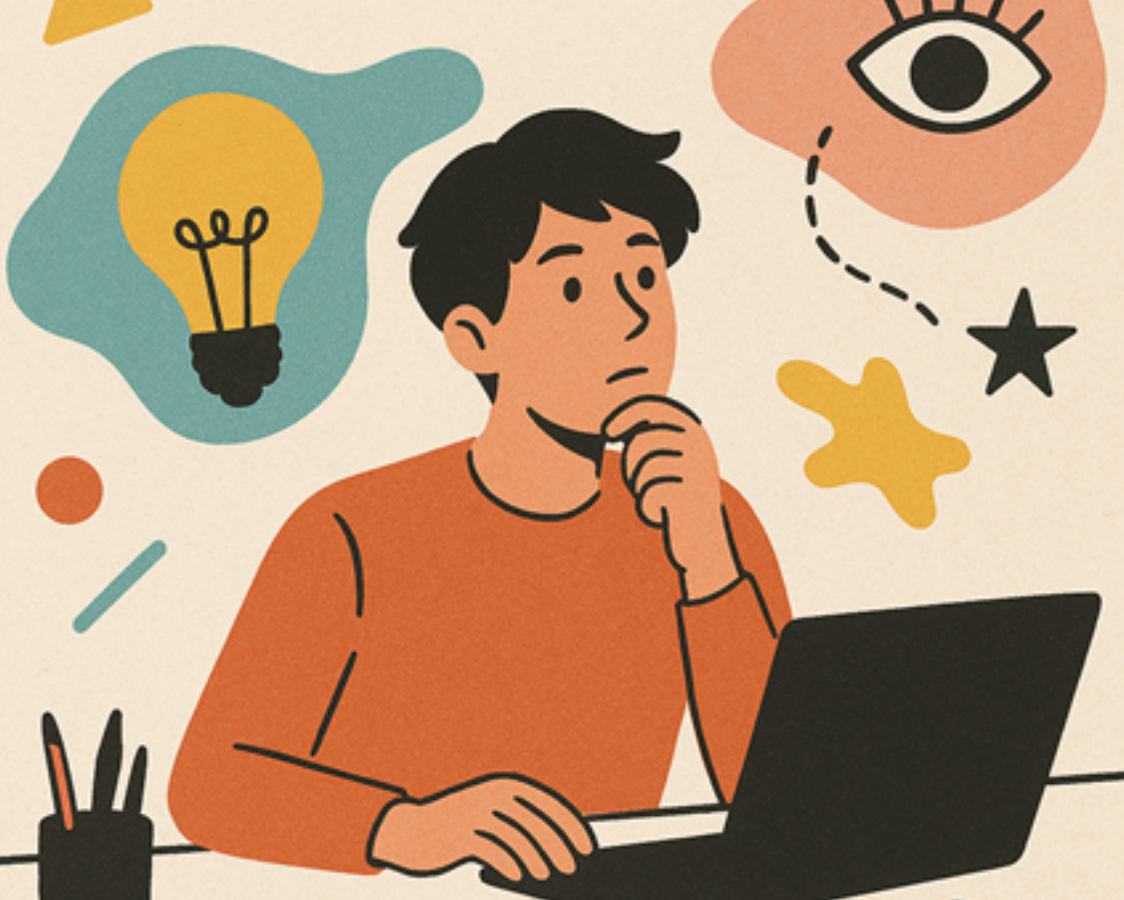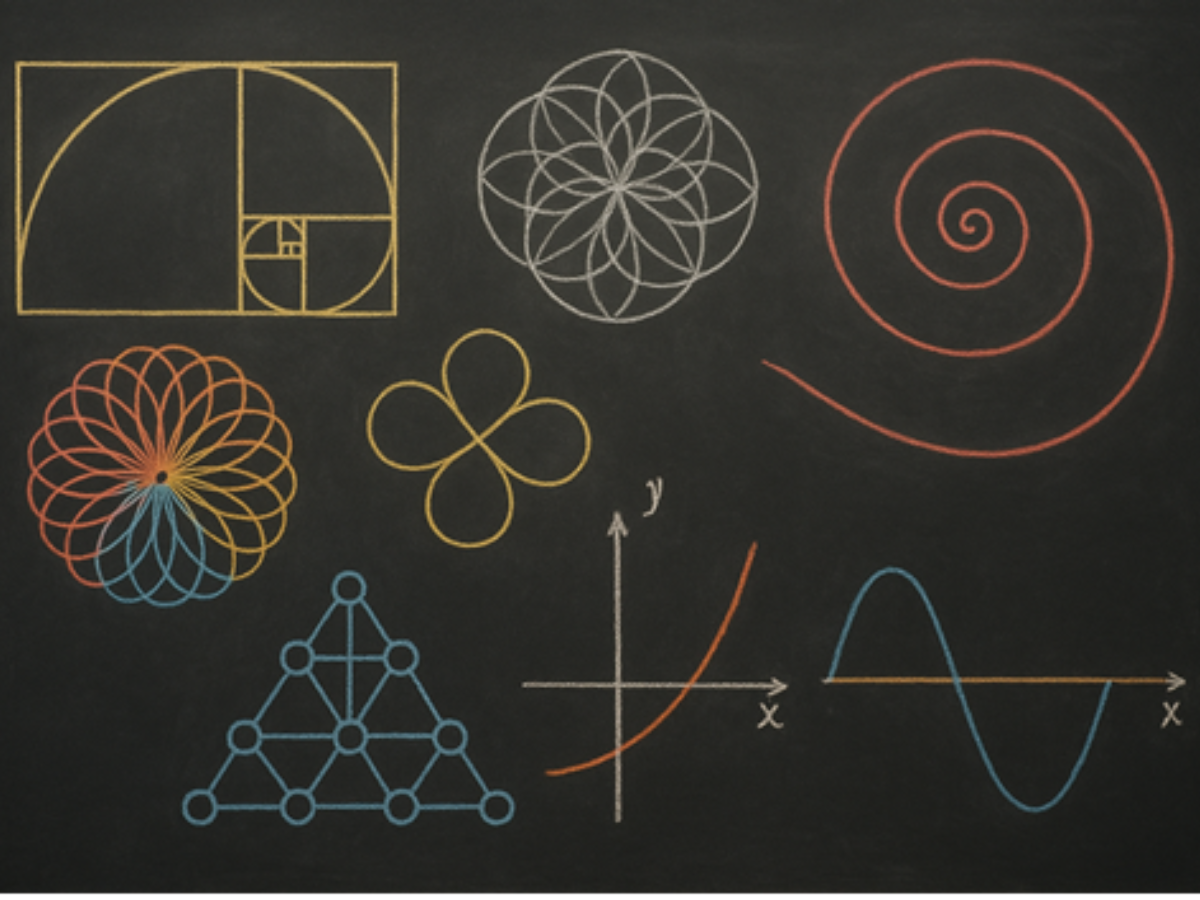Every era has its storytellers, and in this one, designers are among the most powerful. They shape how we see, feel, and connect with the world — often without us even realising it. For young designers stepping into this arena, design is not just a skill, it’s a language of the soul.
They inherit centuries of artistry and craftsmanship, yet they carry the restless heartbeat of a generation raised in a world of shifting trends, endless scrolls, and boundless access to inspiration. To them, a creative brief is not a list of instructions to be obeyed — it’s an invitation. An open door to explore, reinterpret, and create something that speaks not just to the client, but to the human spirit.
And that is where the magic lies. They are turning guidelines into poetry, and constraints into possibilities.
The omnipresence of technology has also made them unafraid of blending disciplines: motion graphics meets hand-drawn illustration, AI-assisted layouts meet analogue textures. In their world, boundaries between mediums are porous.
“You have to know the rules like a pro, so you can break them like an artist.” — Pablo Picasso
From Rulebook to Playground
A well-written brief has always been the foundation of design work — a set of objectives, constraints, and guidelines. But modern creative thinking treats it less like a checklist and more like an open invitation. Rather than asking, “How can this be completed?”, the question becomes, “How can this be reimagined?”
Key Note: According to a 2024 Adobe Creative Trends Report, 63% of young creative professionals believe the brief is a starting point, not an endpoint, with most seeing value in adapting it mid-project based on fresh inspiration.
Design as a Cultural Mirror
Design doesn’t live in isolation. A single choice — a font, a colour, a motif — can connect directly to cultural moods. Consider how muted tones and nostalgic visuals surged during the pandemic, or how bold, playful typefaces have become a visual shorthand for optimism in post-lockdown advertising.
Good design today often works as a subtle time capsule, reflecting the era’s collective emotions while avoiding the trap of short-lived trends.
Shapeshifting Across Mediums
A visual identity no longer lives in one format. A single campaign might appear on a smartphone screen, a subway billboard, and in a VR headset — all within the same week. That requires designs that can scale, adapt, and hold their character across wildly different contexts. The more items we try and experiment the more we find ideas to reach our goal.
Key Note: Flexibility is now a top priority for brands. A recent Canva study found that 78% of companies seek adaptable design systems that maintain impact across both static and dynamic platforms.
Play with Purpose
Experimentation isn’t chaos; it’s controlled risk-taking. Designers push type pairings to unexpected places, test colours under various lighting, and combine hand-drawn imperfections with clean digital precision. These playful touches keep design from feeling sterile while still serving the core message. A design cannot be complete or perfect unless its been tested and thought over many times.
Fact: According to Behance insights, projects with unconventional type or layout structures receive 40% more engagement than standard, grid-locked designs.
Empathy: The Invisible Tool
Design is essentially communication. A poster doesn’t just exist to be looked at — it should spark something in the viewer. Empathy shapes those sparks, ensuring that a design speaks to the intended audience’s emotions, needs, and cultural references. Sometimes we forget that its not just about a design, pattern or trend, sometimes its just about hidden emotions which needs to be expressed and to be put upfront the world.
“People ignore design that ignores people.” — Frank Chimero
Balancing Trend and Timelessness
Trend-driven design can generate quick attention, but longevity comes from timeless principles — proportion, harmony, and balance. The most effective work borrows just enough from trends to feel current without relying on them completely. It’s the equivalent of pairing a classic blazer with a seasonal accessory: stylish now, but not outdated tomorrow. Learning how trends shift and to adapt with it is not an easy task, yet coping up to all fashion, interior, design trends is the skill that makes a designer stand out .
Key Takeaways for Modern Design Thinking
- See the brief as a launchpad — not a cage.
- Anchor in timeless principles, then layer in current trends.
- Design for adaptability, considering every platform and format.
- Test and experiment — purposeful play leads to innovation.
- Prioritise empathy — design that resonates is design that works.
What makes the thinking process of young designers stand out from previous generations?
A: A blend of cultural fluency, digital adaptability, and a willingness to question convention. Young designers often draw inspiration from multiple disciplines — blending street art with luxury branding, or merging retro aesthetics with cutting-edge tech. The approach is less about following a single design tradition and more about creating a personal visual language that can speak across platforms and resonate with diverse audiences.
Final Reflection
The difference in how young designers think lies in their refusal to see design as a fixed formula. Every idea is approached like an open landscape, where the brief is a compass but not the only guide. Inspiration is drawn from everywhere — pop culture, social shifts, global conversations, even fleeting internet trends — and blended into solutions that feel immediate yet timeless.
This mindset values adaptability over rigidity, storytelling over decoration, and emotion over empty perfection. The result is work that does more than meet expectations; it reshapes them.
Young designers are not simply adding to the design conversation; they are rewriting its grammar, expanding its vocabulary, and setting the tone for what comes next. The work is more than decoration — it is a mirror of the now and a sketch of the future, drawn with a hand that understands both instinct and intention.



